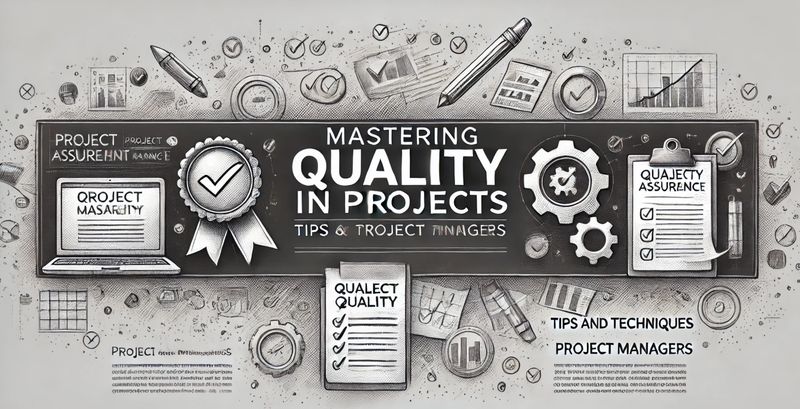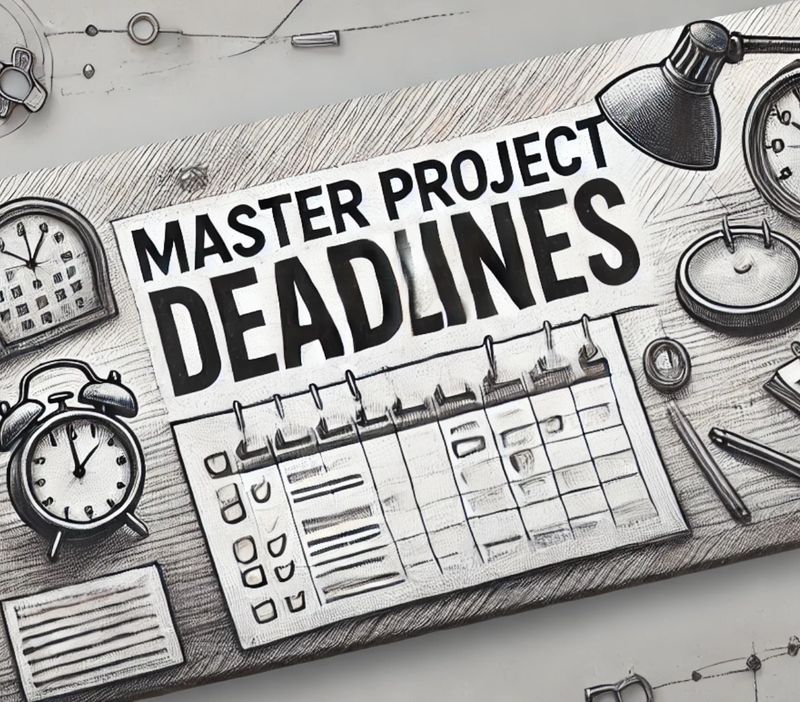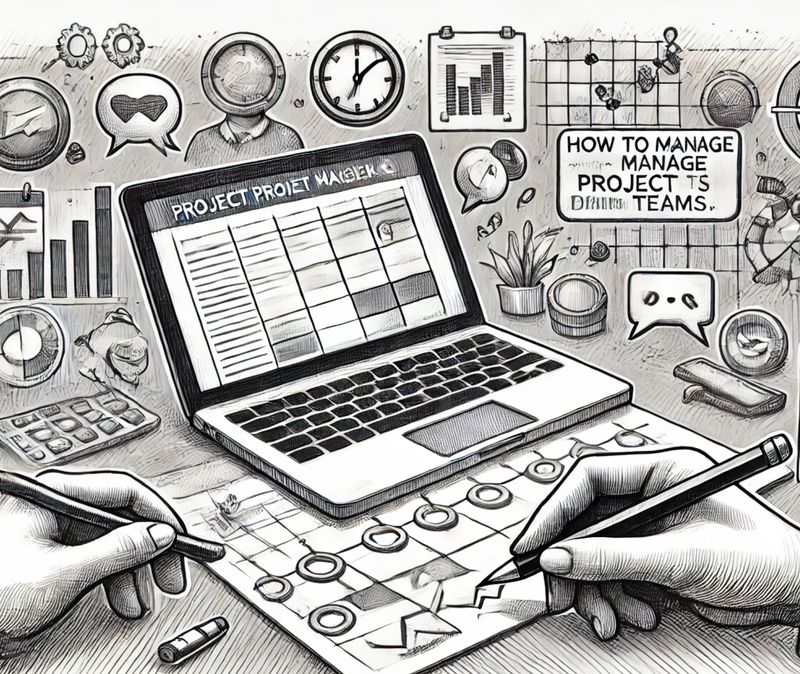Mastering Quality in Your Projects

Understanding Quality in Project Management
Quality in project management isn’t just about meeting technical standards; it’s about delivering value. It involves ensuring that a project’s outcomes align with both explicit requirements and implicit expectations. For beginners, the key is to grasp that quality is not an afterthought—it must be integrated into every phase of a project.
First, define quality standards clearly at the outset. For instance, in a software development project, this might mean specifying response times, uptime percentages, or user experience benchmarks. Defining these criteria helps avoid misunderstandings and ensures that everyone on the team understands the project’s quality goals.
Second, ensure your team understands the quality expectations. Communication is critical. If your team doesn’t know what “quality” means for your project, they’re likely to interpret it differently. A detailed briefing or a kickoff meeting where you outline these expectations can set the tone.
Third, implement regular quality checks throughout the project lifecycle. Waiting until the end to review quality often results in costly rework. Continuous quality assurance ensures that potential issues are caught early and addressed before they escalate.
Key Methods for Ensuring Quality in Projects
To manage quality effectively, project managers should adopt structured approaches. Below are practical strategies to embed quality into your project management process.
1. Use Quality Assurance Processes
Quality assurance involves proactive steps to prevent defects. This might include conducting team training sessions to build skills, employing standard operating procedures for tasks, or implementing peer reviews. For example, in a construction project, quality assurance might involve routine inspections to confirm that materials meet specifications before they are used.
2. Employ Quality Control Measures
Quality control focuses on detecting and correcting issues. For beginners, think of quality control as the safety net that catches errors before delivery. An example in software development might include automated testing tools that flag coding errors, ensuring the product meets performance standards.
3. Encourage a Culture of Continuous Improvement
The best way to maintain quality over time is by fostering a team culture where everyone is committed to improvement. Regular team retrospectives can help identify what went well and what could be better. For instance, after delivering a product, gathering feedback on user satisfaction and operational performance can guide future projects.
Practical Tips for Beginners
Managing quality might seem daunting at first, but adopting a thoughtful approach ensures steady progress. Here are three practical tips for project managers starting on their quality journey.
1. Involve Stakeholders Early and Often
Stakeholders are a critical part of quality assurance. Involve them in defining quality standards and keep them updated on progress. For example, during a marketing campaign, regularly sharing draft designs or copy with stakeholders ensures alignment and avoids last-minute changes.
2. Leverage Technology for Quality Monitoring
Many tools and platforms can help track quality metrics. Tools like Jira, Asana, or Trello can assist in managing tasks, monitoring progress, and flagging potential risks. For example, using Asana, you can create workflows with predefined quality checkpoints to ensure tasks meet standards before moving forward.
3. Document Lessons Learned for Future Projects
Every project offers learning opportunities. Keep a record of challenges, solutions, and successful techniques. For example, if a quality issue arose due to unclear communication, documenting how it was resolved can help prevent similar problems in the future.





